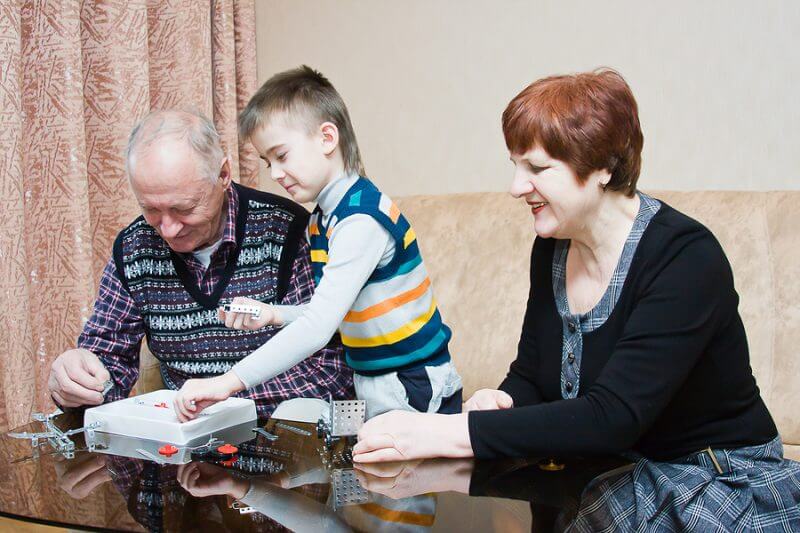What happens if I die? Estate Planning For Children with Disabilities
It’s not something that any one of us want to think about, but the question, “what if I got hit by a bus tomorrow?” is one that has plagued my parenting life since giving birth to two children on the spectrum. In fact some years back, I posted a harrowing article about a young woman with autism who was left…














